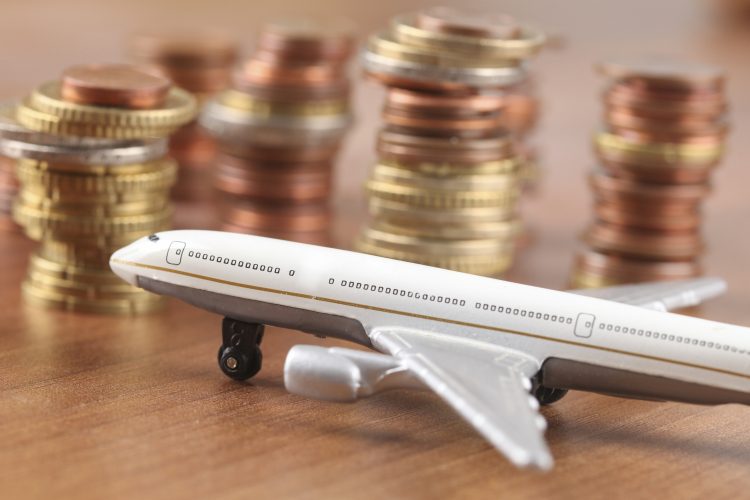Long-haul travel to Europe declines for 2025 as affordability and shifting preferences impact demand
- Like
- Digg
- Del
- Tumblr
- VKontakte
- Buffer
- Love This
- Odnoklassniki
- Meneame
- Blogger
- Amazon
- Yahoo Mail
- Gmail
- AOL
- Newsvine
- HackerNews
- Evernote
- MySpace
- Mail.ru
- Viadeo
- Line
- Comments
- Yummly
- SMS
- Viber
- Telegram
- Subscribe
- Skype
- Facebook Messenger
- Kakao
- LiveJournal
- Yammer
- Edgar
- Fintel
- Mix
- Instapaper
- Copy Link
Posted: 4 February 2025 | Gabriel Higgins | No comments yet
Long-haul travel sentiment to Europe weakens for 2025, with affordability concerns driving cautious intentions. Multi-destination trips and off-season travel remain key trends.


Long-haul travel sentiment for 2025 has weakened, according to the Long-Haul Travel Barometer 1/2025 by the European Travel Commission and Eurail BV. Affordability concerns and shifting preferences influence cautious travel intentions. While 63% of respondents across key markets plan long-haul trips, only 44% aim to visit Europe, down from 49% in 2024. Declines are seen in South Korea, the US, Brazil, and Australia, but interest from Chinese travellers is rising, with 61% planning European visits within twelve months.
Affordability remains the most significant barrier to international travel, cited by 46% of respondents not planning a European trip. In addition to affordability, travellers cited interest in visiting other overseas regions or limited vacation time as factors influencing their plans.
Miguel Sanz, President of ETC, commented: “The findings highlight the ongoing challenges of maintaining Europe’s competitiveness as a global destination in an increasingly saturated market. To remain a top choice for international travellers, Europe must focus on managing Brand Europe strategically. By tracking consumer trends, promoting more competitive off-season and off-the-beaten-path travel options, and improving sustainable connectivity, Europe can offer richer, more rewarding travel experiences to our visitors”.
What does the research show?
Safety Shapes Destination Choices
Safety remains the top priority for travellers, followed by iconic landmarks and strong infrastructure. Key safety factors include low crime rates, clean tourist areas, visible security, political stability, and friendly locals. Perceptions vary by market—political stability is most important to travellers from Japan (57%), Australia (44%), and Canada (42%), while visible security matters most in South Korea (55%), Brazil (51%), and China (42%).
Managing Crowded Hotspots
Europe’s attractions remain highly popular, often leading to overcrowding. However, travellers show flexibility—one-third would visit at quieter times, 28% would proceed despite long queues, and 25% would explore less crowded areas. Only 5% would change destinations entirely, underlining the need for better crowd management and promotion of alternative destinations.
Rise of Multi-Destination Travel
Despite cost concerns, 94% of visitors to Europe plan to visit multiple countries, averaging 3.4 per trip. South Koreans lead with 5.2, and Australians show a 15% increase from 2024. This trend underscores Europe’s connectivity and the need for seamless, sustainable transport options.
Shifting Budgets and Priorities
Daily budgets of €100–€200 have risen by 14%, while those spending over €200 have dropped to 30%. Food and drinks dominate spending (67%), though Chinese travellers prioritise shopping (67%) and Americans spend more on accommodation (55%). These trends highlight evolving market preferences.
Check out the full report here.
Enjoy International Airport Review’s content?
Sign up to our weekly newsletter to ensure you stay in the know about the latest airport news and thought leadership articles and interviews.
Related topics
Airport development, Airport leadership, Economy, Innovation, Passenger experience and seamless travel, Sustainability, Tourism


















